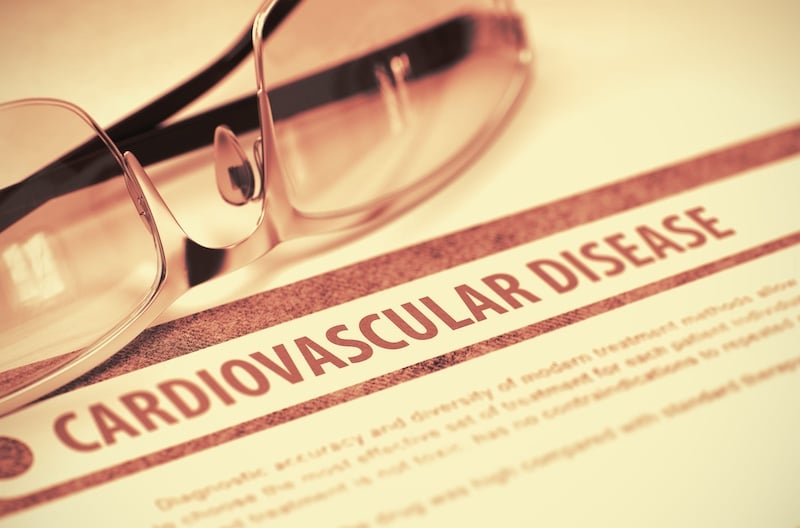Summary:
Researchers have successfully adapted high-field NMR-based lipoprotein analysis to cost-effective benchtop NMR systems, enabling more accessible, high-throughput cardiovascular disease risk assessment in clinics worldwide.
Takeaways:
- The new benchtop NMR system accurately quantifies 25 key lipoprotein markers in under 15 minutes, making advanced cardiovascular diagnostics more accessible.
- This technology improves affordability and availability, particularly benefiting remote and resource-limited areas.
- Beyond cardiovascular disease, the method holds potential for applications in diabetes, chronic inflammatory diseases, and infectious disease monitoring.
A study has successfully translated high-field nuclear magnetic resonance (NMR) spectroscopy based lipoprotein analysis to “low cost” and easy to use benchtop NMR systems, enabling more accessible, high-throughput cardiovascular disease (CVD) risk assessment in clinics and laboratories worldwide.
Led by an international team of researchers from the Australian National Phenome Centre (ANPC) at Murdoch University, CIC bioGUNE, Monash University, and Bruker Biospin GmbH, this collaborative effort published in Analytical Chemistry, presents a major step toward making molecular phenotyping accessible in routine clinical practice.
Lipoproteins are well known to play a critical role in cardiovascular health, with their composition and concentration directly linked to CVD risk.
Lipoproteins are also associated with a broader spectrum of medical conditions, such as diabetes and obesity.
Lipoprotein Profiling Primarily Targets Cardiovascular Diseases
Current clinical methods for lipoprotein profiling focuses on a very narrow set of blood markers, mainly targeting cardiovascular diseases. While current NMR techniques provide a much more detailed profile, they require high-field NMR spectrometers and specialised facilities that are extremely expensive, limiting their use in clinical environments.
The research team developed a calibration model allowing benchtop NMR spectrometers (80 MHz) to accurately quantify 25 key lipoprotein markers, including total cholesterol, LDL-C, HDL-C, ApoA1, and ApoB100, in <15 minutes per sample. These markers are essential for assessing cardiometabolic risk and monitoring inflammatory conditions, providing clinicians with a rapid and reliable diagnostic tool.
ANPC Director and co-study lead Jeremy Nicholson, PhD, said one of the study’s key achievements was demonstrating reproducibility across three independent laboratories, thus validating the robustness of the proposed technology.
The ability to perform high-precision lipoprotein analysis on compact, easy-to-maintain instruments represents a paradigm shift in preventive medicine.
“The ANPC is focussed on biomedical discovery and effective clinical translation. Currently most CVD risk markers are only measured on high-risk patients, and it would be much better to detect these markers earlier to enable corrective action,” Professor Nicholson says. “This new approach will also allow us to study the general population at scale for the first time.”
Lead researcher Professor Julien Wist, PhD, says the research findings demonstrated that medical science “is one step closer to integrating advanced molecular diagnostics into routine healthcare. Our approach demonstrates that sophisticated lipoprotein analysis can be performed reliably outside of specialised research environments.”
Dr Philipp Nitschke, a contributing researcher to the study, said: “By eliminating the barriers associated with high-field NMR, we are enabling broader access to detailed lipid profiling, which could significantly improve early detection and management of cardiovascular and metabolic diseases.”
Affordability and Accessibility Could Transform Cardiovascular Screening
The affordability and accessibility of benchtop NMR technology could transform cardiovascular disease screening, particularly in resource-limited settings or in geographically vast regions with dispersed and sometimes deprived populations such as Western Australia, where centralised testing facilities may be hundreds of kilometers from rural communities.
The technology’s potential extends beyond CVD risk assessment to applications in diabetes management, chronic inflammatory disease monitoring, and even infectious disease, leveraging ANPC’s discovery of new biomarkers of active viral infections.
“The ability to perform precise lipoprotein analysis at point-of-care would have a major impact on public health,” Nicholson says. “This is not just about improving individual diagnostics; it’s about enabling population-scale disease prevention and personalized medicine.”
Dr Falko Busse, Group President Bruker BioSpin, said establishing benchtop NMR as a robust quantitative method in translational clinical research significantly broadened the scope of addressable research targets.
“Lipoprotein benchtop NMR analysis marks an important step in advancing cardiovascular disease research, and we are optimistic that this will pave the way for breakthroughs in other disease areas,” he says. “The successful translation of models from high-field to benchtop NMR demonstrates its feasibility, and we anticipate further advancements through the integration of AI-driven analytical approaches. Bruker is committed to continuing this impactful collaboration with ANPC, expanding the possibilities of benchtop clinical translational research.”
The researchers plan to further refine the benchtop NMR model, expanding its capabilities for broader clinical applications.
Ongoing work will explore its use in tracking disease progression and response to treatment using micro-sampling strategies, reinforcing the role of NMR-based diagnostics in modern medicine.
Currently, this model is for research use only and further funds will be sought for downstream accreditation.
Featured Image: Tashatuvango | Dreamstime.com





